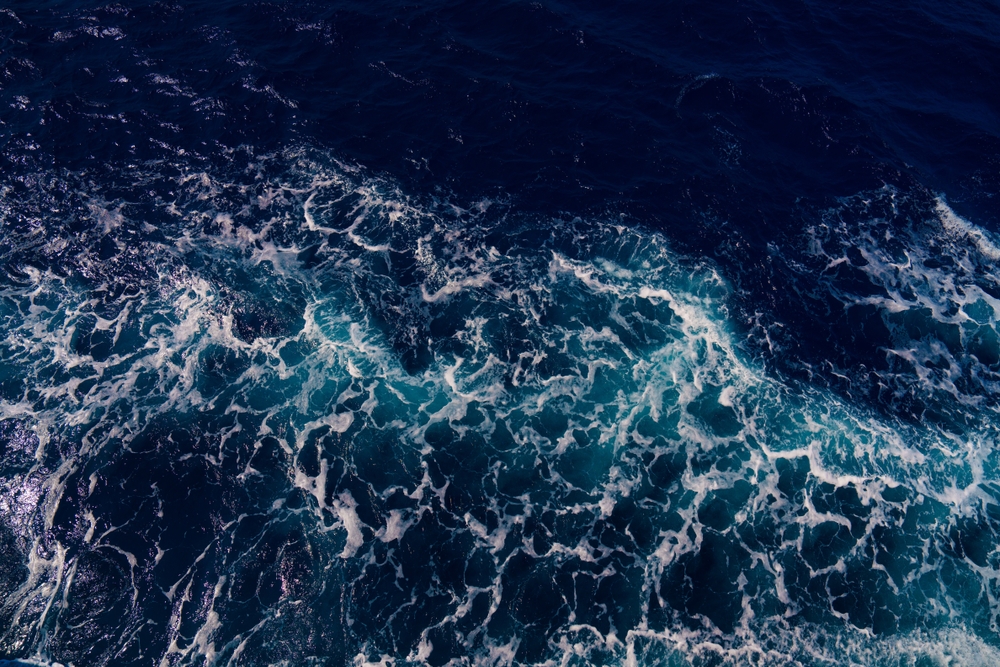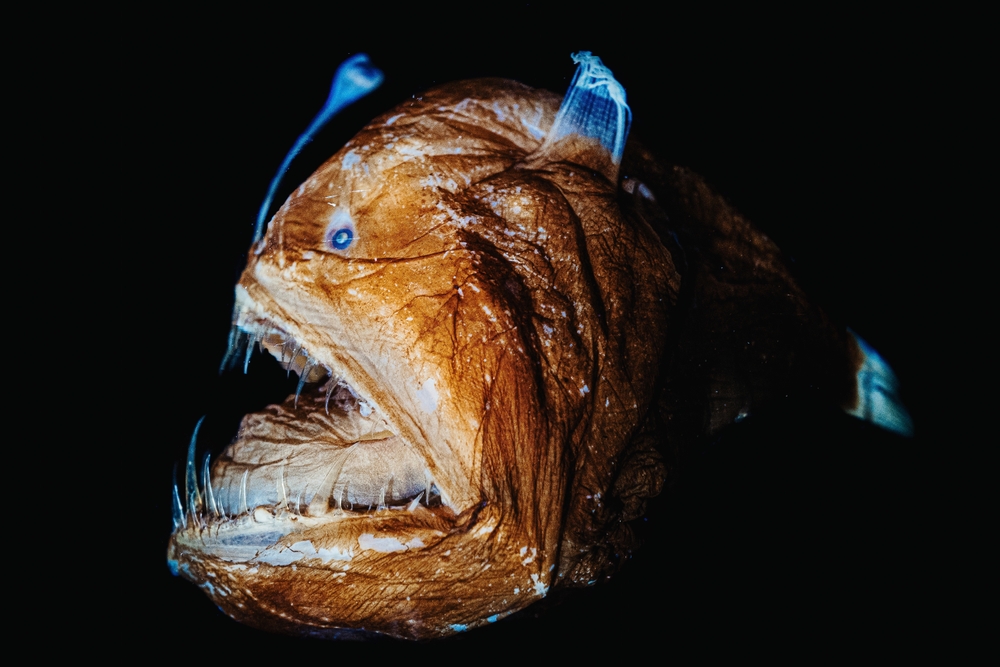The ocean has always been a place of mystery—vast, beautiful, and hauntingly silent. But what we know about its surface is only a whisper compared to what lies beneath. The deep sea—defined as everything below 200 meters—is a realm so remote, dark, and otherworldly that it often feels like science fiction. And yet, it’s very real. In fact, more than 80% of our ocean remains unexplored. What we have discovered at its crushing depths challenges our understanding of life, adaptation, and survival itself.

Outline
- The True Depths of the Ocean
- Life Without Light
- Creatures from a Different World
- Extreme Conditions, Extraordinary Adaptations
- How Deep-Sea Discoveries Are Reshaping Science
- Final Thoughts: The Unknown Below
- FAQs
The True Depths of the Ocean
To grasp the scale of the deep ocean, consider this: Mount Everest could be submerged in the Mariana Trench, Earth’s deepest known point, with over 2 kilometers of water still above it. The trench reaches nearly 11,000 meters below sea level—so deep that if you dropped a stone, it would take over an hour to reach the bottom.
And yet, this trench is just one part of a sprawling abyssal zone that blankets over half the planet’s surface. It is Earth’s final frontier—not space, but the liquid darkness beneath our feet.
Life Without Light
Beyond the reach of sunlight, where darkness is permanent, one might expect lifeless silence. Instead, the deep ocean teems with organisms that have mastered survival in the absence of light.
Without photosynthesis, life in the deep relies on chemosynthesis—a process where bacteria use chemicals like hydrogen sulfide, often emitted from hydrothermal vents, to produce energy. Around these vents, ecosystems thrive: tube worms over a meter long, clams with no mouths, and ghostly crabs with hairy claws. Entire food chains exist here, completely independent of the sun.
Creatures from a Different World
Some of the most alien creatures known to science dwell in the deep.
- The anglerfish, with its bioluminescent lure and gaping jaws, seems drawn from nightmares.
- The gulper eel, capable of inflating its massive mouth to engulf prey much larger than itself.
- The barreleye fish, whose transparent head reveals rotating eyes that glow eerily in the dark.
These are not just rare curiosities—they are the norm at depth. Many deep-sea species glow with bioluminescence, a chemical light they use to attract prey, communicate, or vanish in plain sight. This light show occurs in complete darkness, forming a galaxy beneath the waves.

Extreme Conditions, Extraordinary Adaptations
The deep ocean is a pressure cooker—literally. At 10,000 meters below, pressure exceeds 1,000 times what we experience at sea level. Temperatures hover near freezing, and food is scarce. Yet life persists.
Organisms here often have:
- Slow metabolisms to conserve energy
- Flexible cell membranes to resist pressure
- Lack of hard skeletons (bones would be crushed)
- Extraordinary senses, like detecting minute vibrations or electric signals
These creatures aren’t merely surviving—they’re thriving under conditions we once believed uninhabitable.
How Deep-Sea Discoveries Are Reshaping Science
Studying deep-sea life has sparked breakthroughs in medicine, robotics, and evolutionary biology. Enzymes from deep-ocean microbes are used in PCR testing (like those for COVID-19), and the biomechanics of certain deep-sea fish inspire pressure-resistant materials.
Even more intriguingly, deep-sea DNA continues to surprise scientists with genes unlike anything known—suggesting there are forms of life with biochemical pathways not seen elsewhere.
And we’re just scratching the surface. Every descent into the deep reveals something new, rewriting the boundaries of biology and adaptation.
Final Thoughts: The Unknown Below
The deep ocean is not merely a scientific curiosity—it’s a reminder of how much we don’t know. In a world mapped by satellites and scanned by algorithms, there is still a place untouched, unseen, and alive with secrets. The more we learn, the more we realize how strange, resilient, and beautiful life can be—especially when no one is watching.
To explore the deep sea is to confront the limits of imagination. It’s not just deeper than we think. It’s stranger, too.
FAQs
1. What is the deepest point in the ocean ever explored by humans?
The Challenger Deep in the Mariana Trench is the deepest known point, reaching around 10,929 meters. It has been explored by unmanned submersibles and by humans such as James Cameron in 2012.
2. Can any fish live at the very bottom of the ocean?
Yes – certain species like the hadal snailfish have been observed living at extreme depths of over 8,000 meters, specially adapted to survive immense pressure and cold.
3. Why is the deep ocean still so unexplored?
Its inaccessibility, immense pressure, total darkness, and vastness make it extremely difficult and costly to explore—more people have visited the Moon than the ocean’s deepest points.







